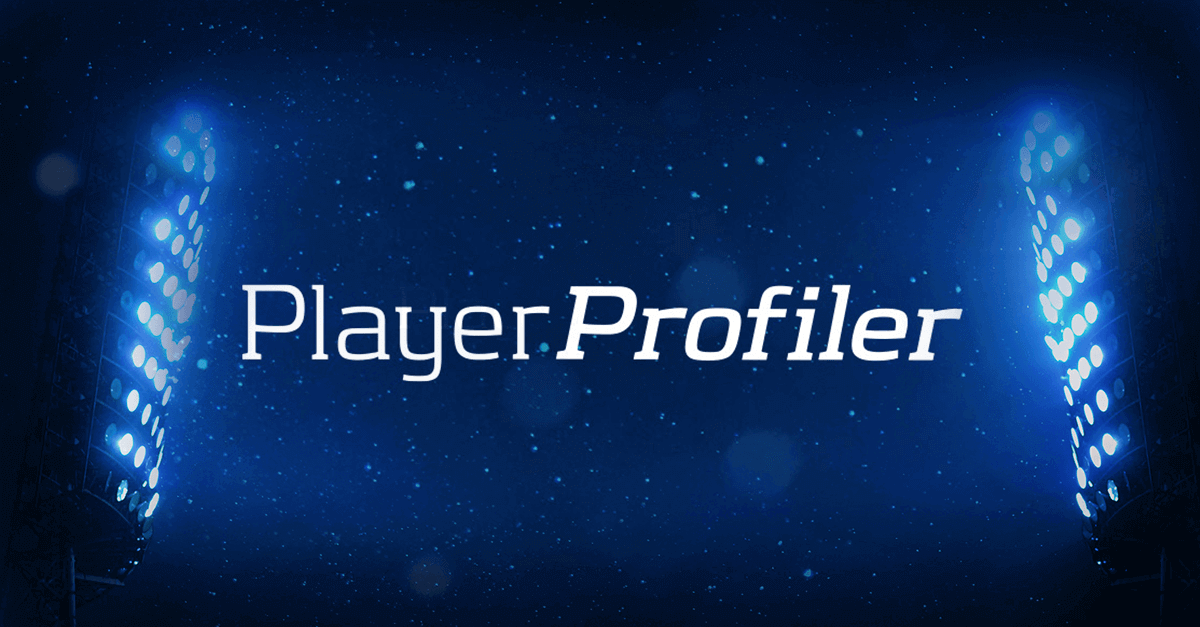The trade was shocking. Five total picks exchanged hands and suddenly the Buffalo Bills had landed the most dynamic receiver to grace New Era Field since Andre Reed. On the morning of March 16th, Stefon Diggs exchanged the purple and gold for red white and blue, sending the fantasy landscape into a frenzy in one fell swoop. His detractors will claim that the fit is a disjointed one and that the presence of John Brown and Cole Beasley will crowd out his volume. They’ll double down and state that Josh Allen’s accuracy woes will doom Diggs to a mediocre finish, but they’ll overlook the bigger picture and miss the forest for the trees. We’re using advanced stats and metrics to outline the myriad of ways and reasons Diggs will get his in 2020.
Diggs Can’t Be Pigeonholed
Both John Brown and Cole Beasley had defined roles on the Bills offense under Sean McDermott in 2019. Beasley, a prototypical slot receiver, operated underneath as evidenced by his 7.8 (No. 94 among qualified wide receivers) Average Target Distance. His 63.8-percent (No. 51) Catch Rate was also uninspiring when considering those short area targets. This raises questions about whether or not his career-high 105 (No. 28) targets were properly deserved or borne out of necessity and a lack of alternatives in the offense. Brown, the anti-Beasley, has built his reputation around being a legitimate deep ball threat. He’s never averaged less than 13.7 yards of target distance throughout his six-year career. Last season, he had a 14.6 (No. 16) Average Target Distance, which paired well with Josh Allen’s inclination towards the deep ball. Like Beasley, Brown set a career-high with 115 (No. 22) targets.
Stefon Diggs has the ability to be an excellent target in all areas of the field, never specializing in one. Though he was among the league’s best deep ball threats last season, he’s shown an ability to morph into whatever his team needs him to be. In 2018, he still thrived with a 9.3 (No. 80) Average Target Distance. Despite the role change, he still topped 1,000 yards with only 607 (No. 21) Air Yards. Diggs can fulfill both roles in Buffalo’s offense with his burst, route running ability, and willingness to add yards after the catch. He’ll likely be asked to do so as the focal point of the passing attack. Though he only had 93 (No. 34) targets last year, expect him to be fed like the true No. 1 alpha wideout that he is. It wouldn’t be crazy to see him end this season with 115-plus targets.
Yeah But Allen is Inaccurate
Yes, it’s true that Kirk Cousins is more accurate than Josh Allen. Cousins had a far superior Deep Ball completion percentage last season, but that doesn’t tell the full story. When last season’s volume is compared and accounted for, we’ll find there is room for Stefon Diggs to offset the difference in Target Quality between the two passers.
Check out Stefon Diggs on PlayerProfiler’s Updated Dynasty Rankings and Projections:
Last year, the Vikings averaged 30.9 (No. 31) pass attempts per game compared to 34.6 (No. 23) for Buffalo. In the final three regular season games. Minnesota’s attempts dropped to 27 per game while Buffalo’s rose to 38. In terms of deep ball tosses only, Kirk Cousins averaged 3.8 (No. 24) Deep Ball Attempts per game compared to 4.5 (No. 10) for Allen. While efficiency is nice and easily cited by naysayers, the volume is there to offset it. That volume doesn’t account for the investment made by Buffalo to acquire Diggs this offseason. The fact that Allen’s completion percentage rose eight-percent from his rookie to sophomore seasons is an underreported fact in Diggs’ favor 2020. Furthermore, Diggs’ Reception Perception profile is outstanding.
Draft Capital + Cash Spent = Team Honesty
If the first, fifth, sixth, and fourth-round picks sent in this deal don’t adequately illustrate the commitment to usage the Bills have made in acquiring Stefon Diggs, then the circumstances of the trade will. It was widely reported during the 2019 season that Diggs was frustrated with his role and the new run-first team philosophy installed by offensive coordinator Kevin Stefanski. Rumors surfaced last offseason that former Vikings OC John DeFilippo was actually sacked because his reluctance to be more run-focused drew the ire of head coach Mike Zimmer. Diggs seems happy with this trade and if he was in any way involved with the decision, its not a stretch to infer that increased usage was a promise he received.
If money, rather than informed inference is more your style, consider that Diggs is the eighth-highest paid wide receiver in the NFL, that his deal runs through 2023, and that his $12 million cap hit from 2021-2023 is among the most team-friendly deals in the NFL. All signs point to him staying put for a long time, and stability is an underrated dynasty asset. He will be fine and now has the added benefit of being the true number one receiver on his team. John Brown is 29 years old and only signed through 2021. Being paired with Josh Allen isn’t a death sentence for one of the league’s best receivers entering his age-26 season and being one year away from a wide receiver’s statistical prime. Buy the dip.




